News
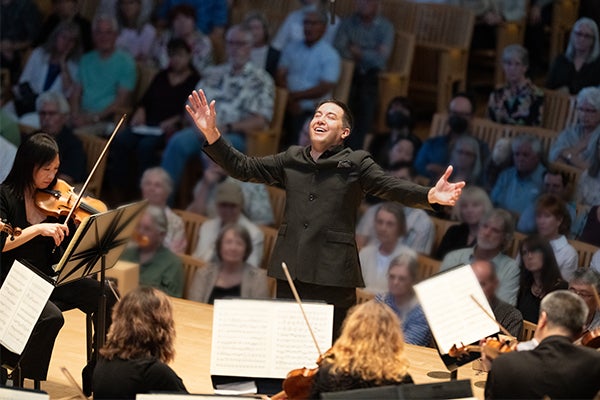
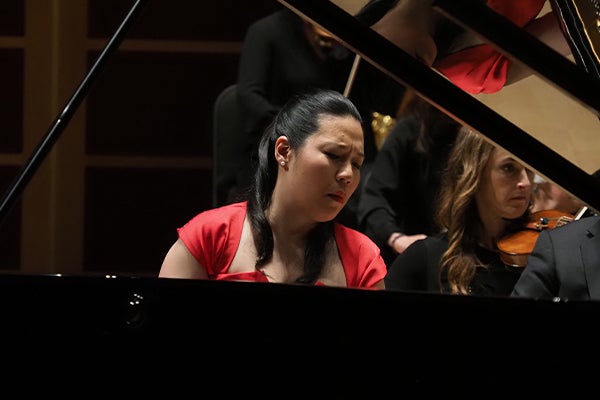
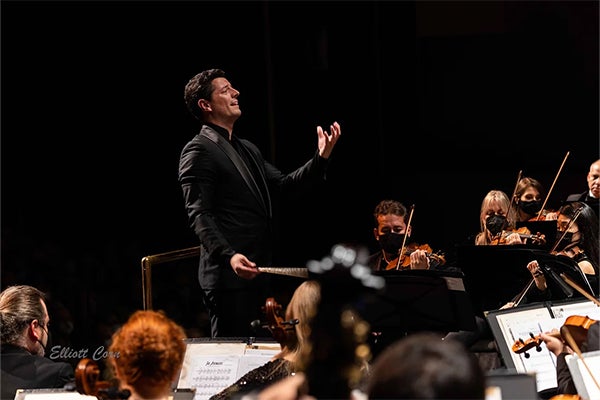
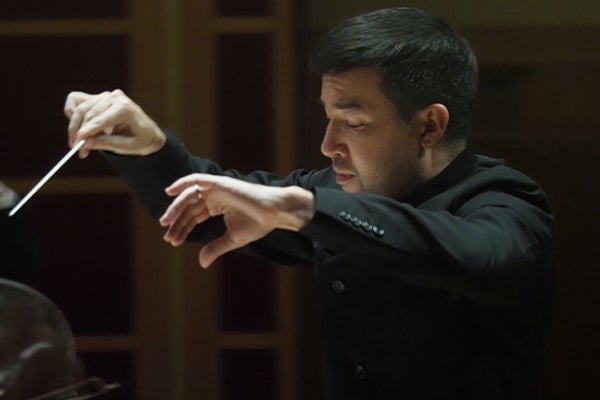
‘RACH & the Hollywood Sound’ series culminates with Rachmaninoff’s final work
January 8, 2025
Read More
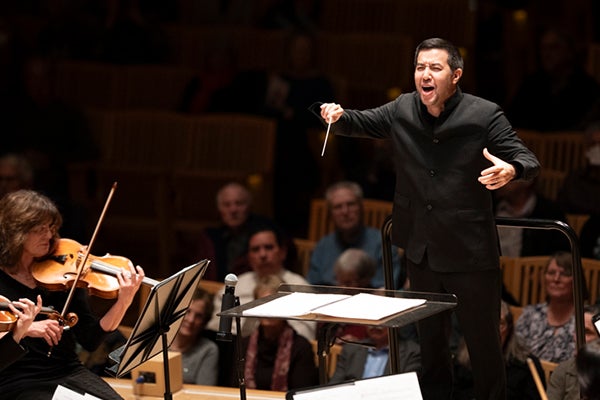
Santa Rosa Symphony to perform world premiere introducing Mahler’s ‘Resurrection’
December 5, 2024
Read More
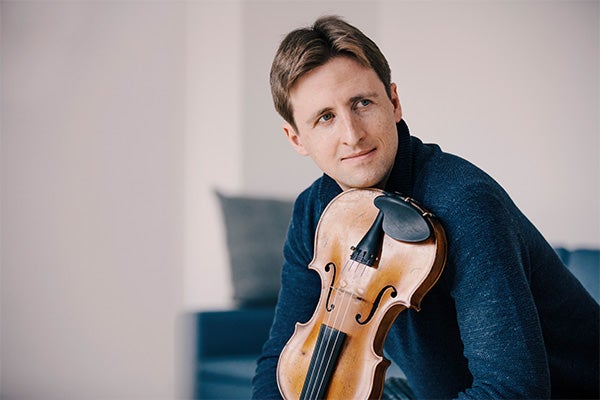
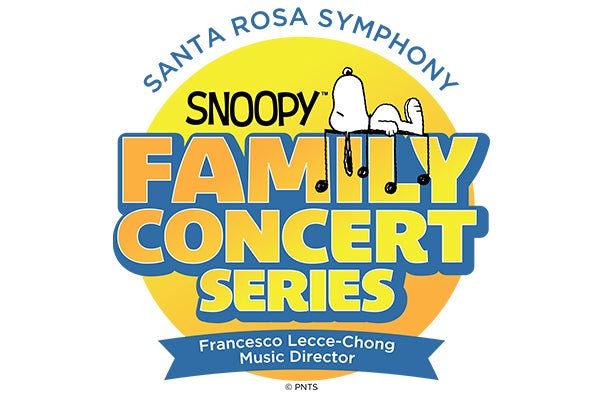
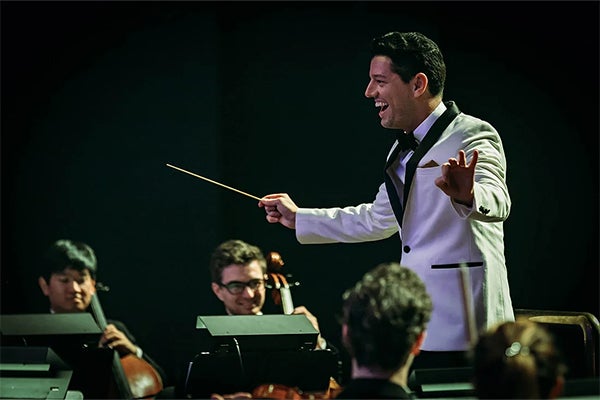
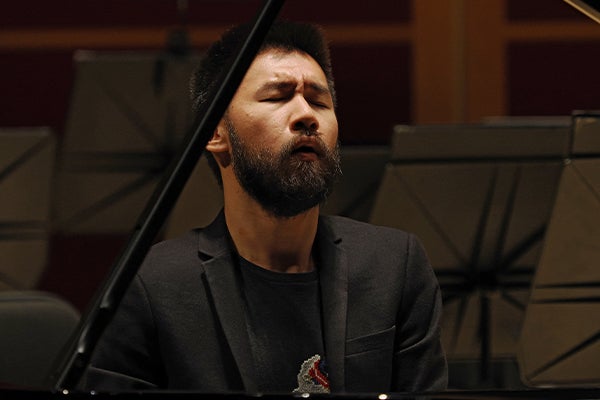
Pianist Conrad Tao, Santa Rosa Symphony celebrating 100 years of ‘Rhapsody in Blue’
May 8, 2024
Photo by Colin Talcroft
Read More
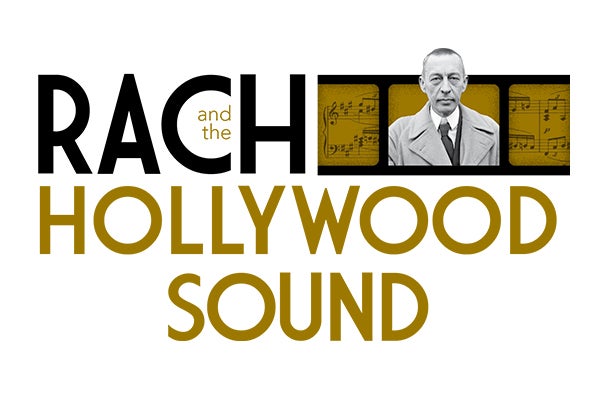
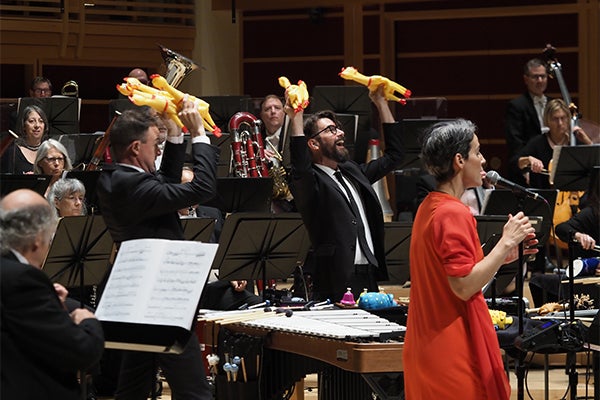
‘Play’ is the message and Style of Santa Rosa Symphony World Premiere
November 2, 2023
Photo by Colin Talcroft
Read More
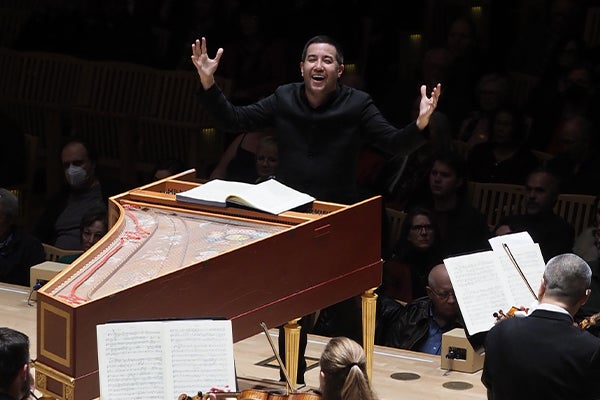
Santa Rosa Symphony’s 2023-24 season starts this weekend
October 5, 2023
Photo by Colin Talcroft
Read More
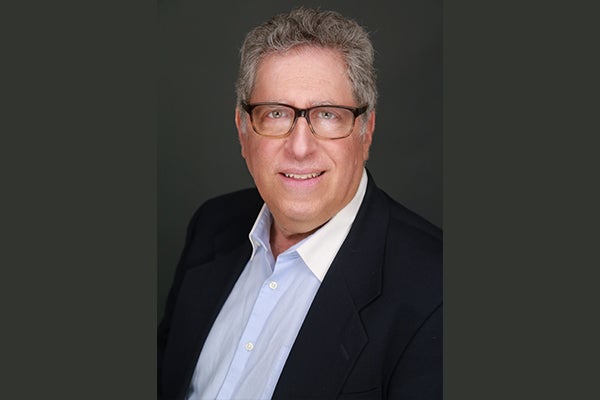
Santa Rosa Symphony CEO reveals ‘audacious goals,’ savvy financial management behind success
July 18, 2023
Read More
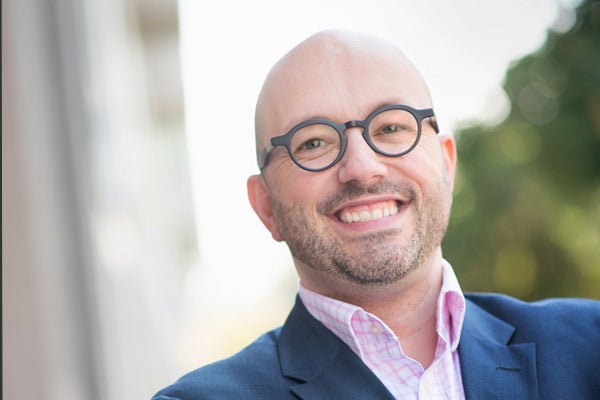
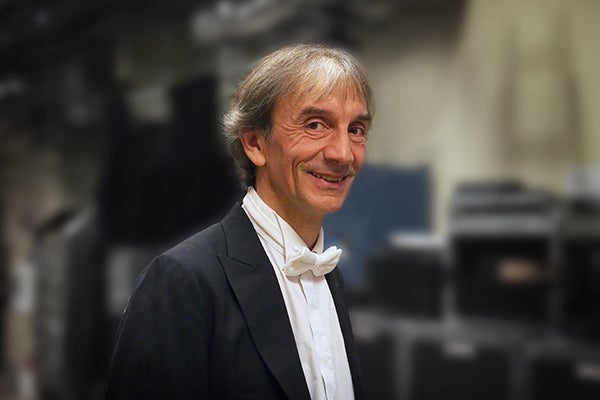
Bruno Ferrandis will return to the Santa Rosa Symphony
February 17, 2023
Photo by Colin Talcroft
Read More
Polly Fisher, late champion of Santa Rosa Symphony, To Be Honored in Weekend Concerts
January 19, 2023
Read More
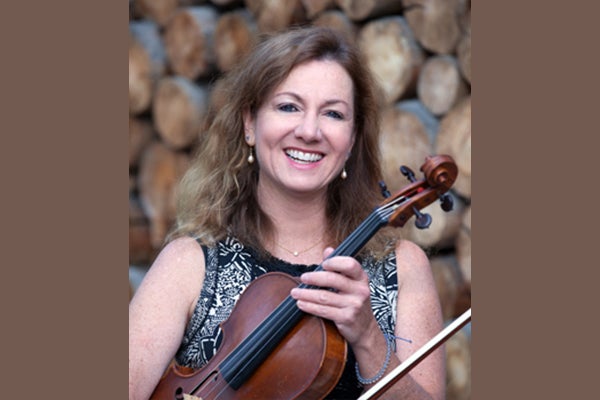
Santa Rosa Symphony Violist Featured in Special Role This Season
December 1,2022
Photo by Caroline Woodham
Read More
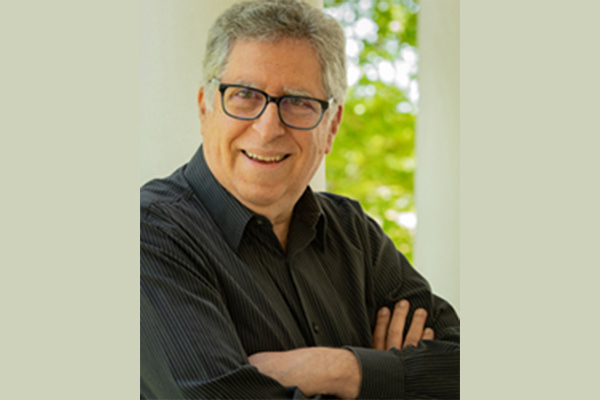
Santa Rosa Symphony Head Alan Silow To Retire Next Summer
October 20, 2022
Photo by Susan and Neil Silverman Photography
Read More
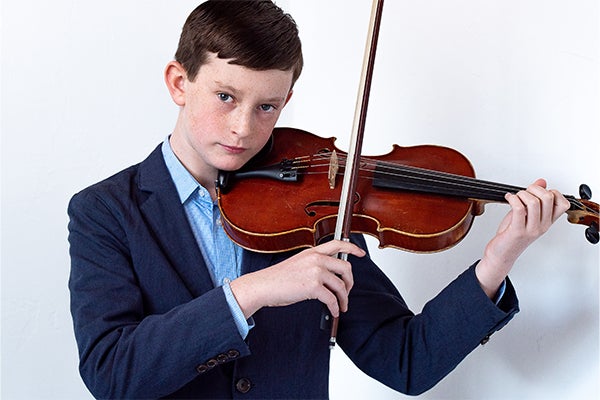
12-year-old violinist is Santa Rosa’s Youngest Youth Concert Master in Years
October 7, 2022
Read More
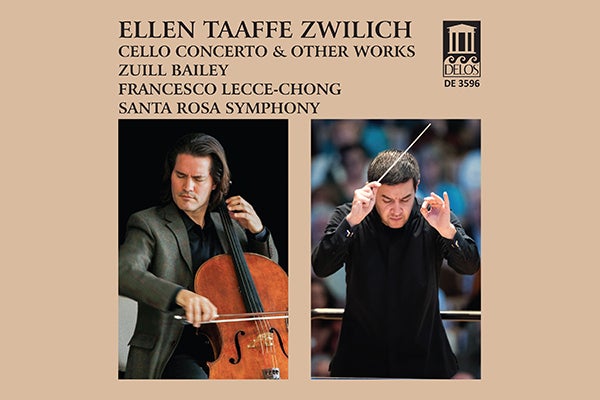
The concerts, recorded in 2021, feature work from Pulitzer Prize-winning composer Ellen Taaffe Zwilich
September 29, 2022
Photo of Francesco Lecce-Chong by Susan and Neil Silverman Photography
Photo of Zuill Bailey by Lisa-Marie Mazzucco

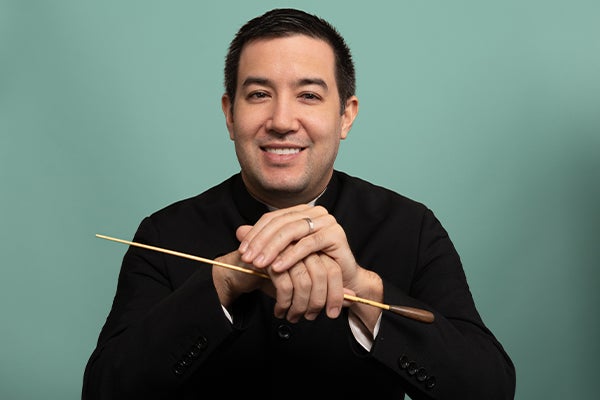
Santa Rosa Symphony kicks off 2022-23 Season
September 29, 2022
Photo of Francesco Lecce-Chong by Susan and Neil Silverman Photography
Read More